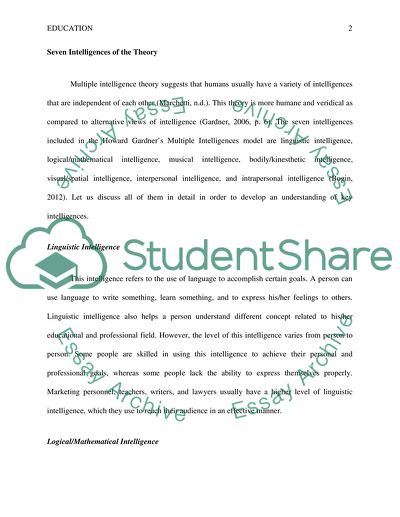Cite this document
(“Howard Gardners Theory of Multiple Intelligence Research Paper”, n.d.)
Retrieved from https://studentshare.org/education/1602847-howard-gardners-theory-of-multiple-intelligence
Retrieved from https://studentshare.org/education/1602847-howard-gardners-theory-of-multiple-intelligence
(Howard Gardners Theory of Multiple Intelligence Research Paper)
https://studentshare.org/education/1602847-howard-gardners-theory-of-multiple-intelligence.
https://studentshare.org/education/1602847-howard-gardners-theory-of-multiple-intelligence.
“Howard Gardners Theory of Multiple Intelligence Research Paper”, n.d. https://studentshare.org/education/1602847-howard-gardners-theory-of-multiple-intelligence.


